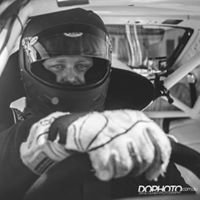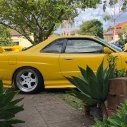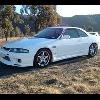Aftermarket BOV, performance or wank factor
Announcements
-
Similar Content
-
Latest Posts
-
By dawhitehonky · Posted
Yes please! A VQ25DET build thread is just what we need! 😁 -
Its hopefully going to actually start working on it again
-
Never run out of power with all those power points? Ha! Electrics need upgrade, you're missing 3 Phase... Please call when 3 phase is sorted before I have to setup a single to 3 phase to run the lathe...
-
Resurrecting this dead/sleeping thread. 😂 So late last week after a long (almost) 8 years of the 33 being off the road finally got it fixed up and registered again. Feels so good to finally have it back in action again. 🙂 Installed a new head unit the other day which replaced the 20 year plus old system - nice to have actual phone connectivity and apps like Waze etc.
-





.thumb.jpg.1b7f9b555236b5ea56c3fed20c733de8.jpg)



Recommended Posts
Create an account or sign in to comment
You need to be a member in order to leave a comment
Create an account
Sign up for a new account in our community. It's easy!
Register a new accountSign in
Already have an account? Sign in here.
Sign In Now